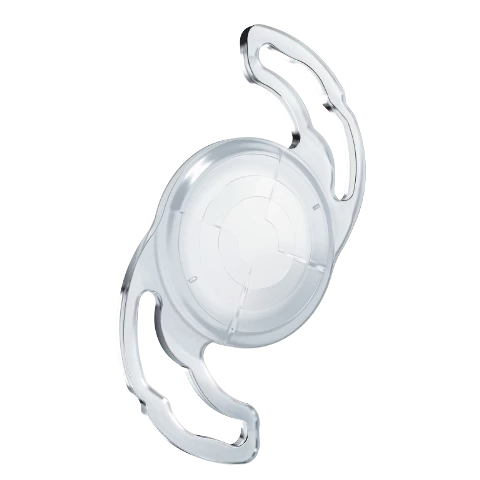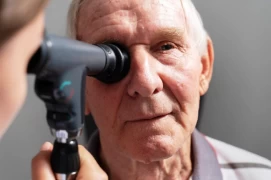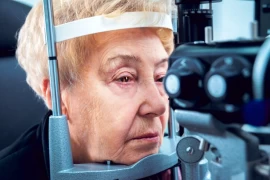
Technology for Clear Vision - Part 2: Toric Intraocular Lenses
- Technology for Clear Vision - Part 2: Toric Intraocular Lenses
- What Are Toric Intraocular Lenses?
- Who Is Suitable for Toric Intraocular Lenses?
- How Are Toric Intraocular Lenses Applied?
- Conclusion
The eye is one of the most complex organs in the human body, playing a crucial role in our visual perception. Intraocular lenses, transparent structures located in the front part of the eye, focus light onto the retina by bending it. These lenses are often used in ophthalmology to correct congenital eye defects or address eye issues that arise with age.
In the first part of my two-part series on the latest innovations in eye care technology, I discussed Trifocal Lenses. Now, in the second part, I will delve into Toric Lenses.
What Are Toric Intraocular Lenses?
Toric intraocular lenses are specifically designed to correct a condition called astigmatism. Astigmatism occurs when the cornea is irregularly shaped or the eyeball has an uneven form. This condition can lead to symptoms such as blurred vision, eye fatigue, and headaches. Toric intraocular lenses work to correct this irregularity, providing clearer vision. Astigmatism can be challenging to correct with traditional glasses or contact lenses, but toric intraocular lenses offer a direct solution within the eye.
Who Is Suitable for Toric Intraocular Lenses?
Toric intraocular lenses are designed to correct astigmatism and provide clear vision. Individuals who may benefit from toric intraocular lenses include:
- Those with Astigmatism: Toric lenses are specially designed to correct the irregular curvature of the cornea or eye lens that causes astigmatism.
- Individuals Undergoing Cataract Surgery: Toric intraocular lenses are used during cataract surgeries. Cataracts involve the clouding of the eye lens over time, affecting vision. During cataract surgery, the natural lens is removed, and a toric intraocular lens is implanted to treat cataracts and correct astigmatism simultaneously.
- Those Tired of Wearing Glasses or Contact Lenses: Toric intraocular lenses provide an option for individuals who prefer not to wear glasses or contact lenses to correct astigmatism.
- Suitable Candidates for Eye Surgery: Toric intraocular lenses are applied to individuals meeting specific criteria and deemed suitable candidates for eye surgery. Criteria typically include eye health, corneal thickness, overall health, and other factors.

How Are Toric Intraocular Lenses Applied?
The general stages of toric intraocular lens application include:
- Eye Examination and Evaluation: The initial step involves a thorough eye examination, including measurements of astigmatism to assess its severity and characteristics.
- Patient Education: Patients are extensively informed about the advantages, risks, and the process of toric intraocular lens application. This ensures that patients are well-informed about their expectations and treatment outcomes.
- Surgical Planning: Based on the suitability assessment and the patient's specific condition, a surgical plan is formulated. Since toric intraocular lenses are designed to correct astigmatism and provide clear vision, the surgical planning aligns with these objectives.
- Surgical Day: On the day of surgery, local anesthesia is administered by an anesthesiologist. The surgical procedure involves removing the natural lens and placing the toric lens in the correct position.
- Recovery and Follow-up: Following the surgery, patients undergo regular follow-up examinations for a specified period. The recovery process is monitored, and any potential complications are assessed.
Toric intraocular lens application is typically completed in a short timeframe, allowing patients to return to their normal daily activities within a few days.
Conclusion
As eye care specialists, we can recommend trifocal and toric intraocular lenses based on the individual needs of our patients. By surgically implanting these specialized lenses, we provide a permanent solution. However, like any surgical intervention, the use of these lenses involves certain risks. Therefore, it is crucial to conduct detailed discussions with our patients before the procedure.

Op. Dr. Şehriyar Hanhüseyinli
Ophthalmologist





